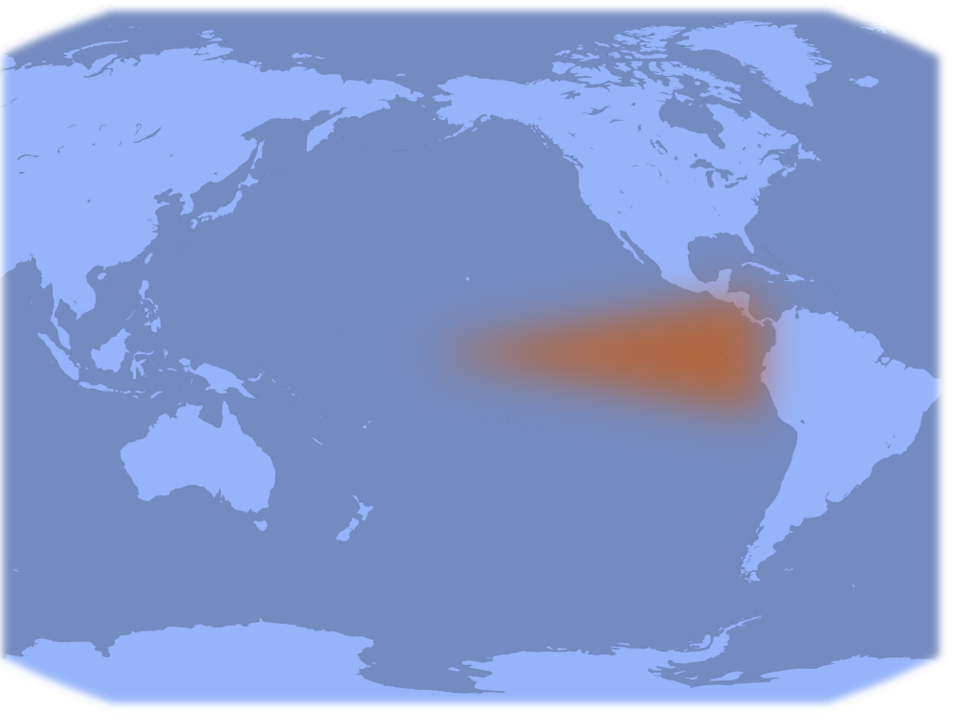Pick Up
964. Convergence of El Niño and Expected Transition to La Niña

964. Convergence of El Niño and Expected Transition to La Niña
The El Niño phenomenon, which has been pushing global temperatures to record levels since mid-2023, coupled with anthropogenic factors, is expected to converge around April. According to the National Oceanic and Atmospheric Administration (NOAA), although the equatorial Pacific is still in an El Niño state, there is a 79% chance of normalization in April and a 55% chance of a La Niña transition in the Pacific between June and August. While the El Niño event appears to have peaked, its effects on global temperatures and rainfall patterns are likely to continue into April.
Meanwhile, a blog from the Max Planck Institute for Biogeochemistry points to the impact of anthropogenic climate change behind many extreme weather events in 2023. The warmer atmosphere under hotter conditions caused by anthropogenic climate change will cause humidity to build up, increasing the likelihood of extreme downpours like the Storm Daniel that hit Libya last September. It also increases the likelihood that future events reaching 50°C (122°F), such as the heat wave that hit the U.S., China and southern Europe in July, will become less frequent.
In many regions, summers will become unusually hot and dry, and the severity will increase with climate change. As a result, agriculture is expected to be hit hard. Noting that heat waves and droughts have already had a negative impact on crop yields in the Northern Hemisphere over the past 50 years, and that regions in the Global South will be more affected in the future, the blog expressed hope that AI will be used to accurately predict the impact of extreme weather on crops in complex climate systems with a more precise system.
Contributor: IIYAMA Miyuki (Information Program)
